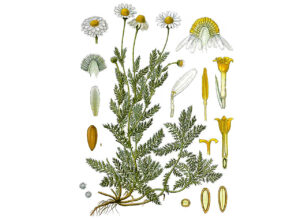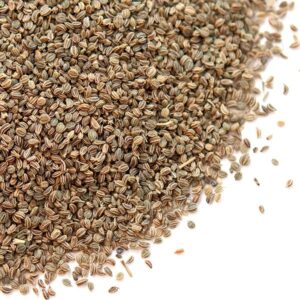Bay leaves are a staple in many kitchens, known for their subtle yet impactful flavor in various dishes. Derived from the bay laurel tree (Laurus nobilis), these aromatic leaves are integral to numerous cuisines worldwide.
 Types of Bay Leaves
Types of Bay Leaves
There are primarily two types of bay leaves used in cooking:
- Turkish (Mediterranean) Bay Leaves: These are oval-shaped with a mild flavor, commonly used in Mediterranean and European dishes.
- California Bay Leaves: Longer and narrower, these have a more potent, eucalyptus-like aroma.
Culinary Uses
Bay leaves are versatile and can be used in various dishes:
- Soups and Stews: Adding a bay leaf during cooking imparts a subtle depth of flavor.
- Rice and Grain Dishes: Incorporate bay leaves to enhance the aroma of pilafs and risottos.
- Meat and Poultry: Bay leaves complement braised meats and poultry, enriching the overall taste.
 Health Benefits
Health Benefits
Bay leaves offer several health benefits:
- Rich in Antioxidants: They contain compounds that help combat oxidative stress.
- Digestive Aid: Bay leaf tea is traditionally used to alleviate digestive issues.
- Anti-Inflammatory Properties: Compounds in bay leaves may help reduce inflammation.
Storage Tips
Proper storage ensures bay leaves retain their flavor:
- Dried Bay Leaves: Store in an airtight container in a cool, dark place.
- Fresh Bay Leaves: Keep them in a sealed plastic bag in the refrigerator.
Cooking Tip
Always remove bay leaves before serving, as they can be sharp and pose a choking hazard.




